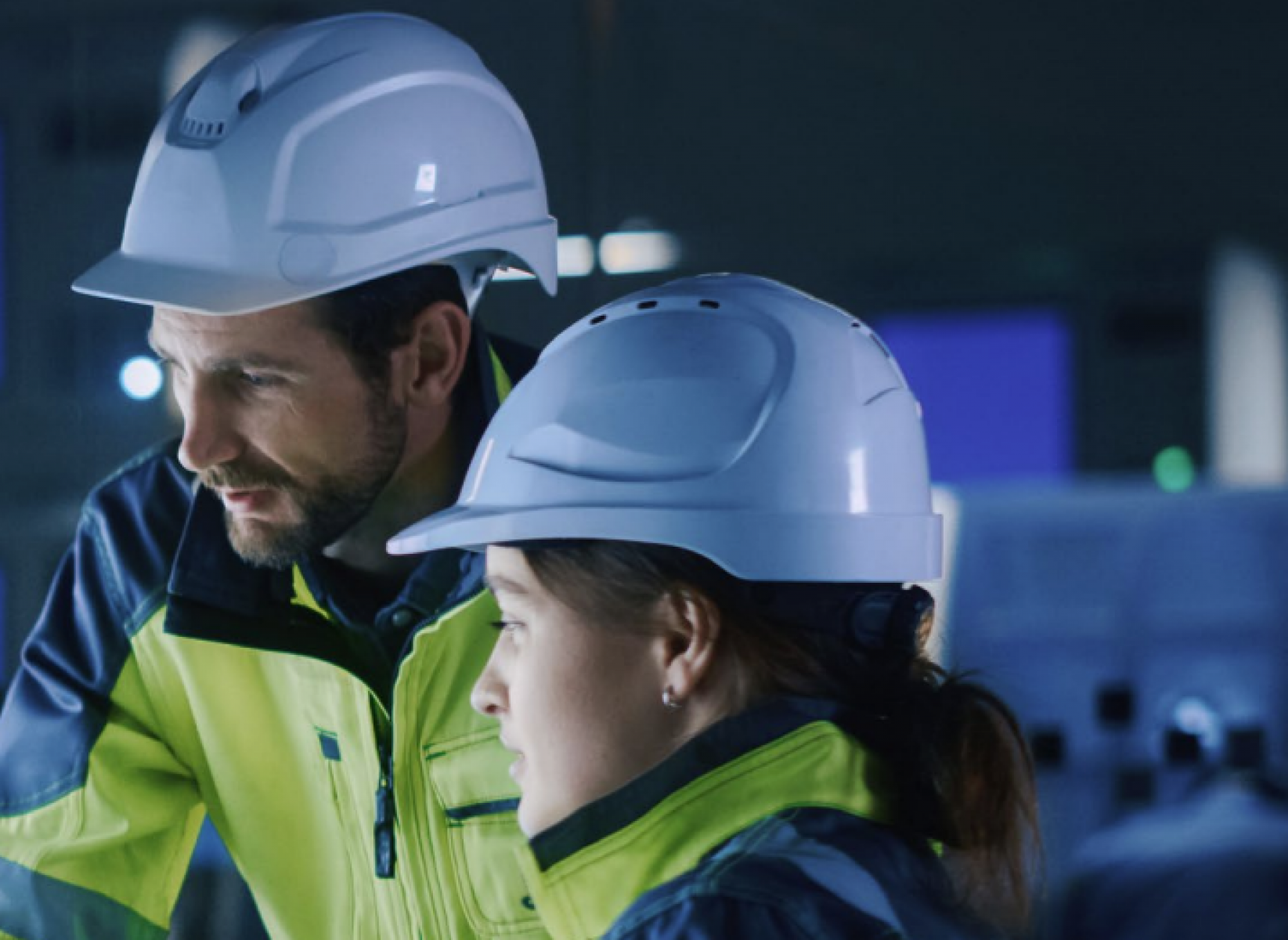
Feedback is now being sought to help shape our future Wind and Renewable Hydrogen Worker Training Centres.
Victoria is leading the nation in delivering renewable energy training and education. Our workers will have the skills and opportunities to deliver the transition and power the state forward.
Worker Training Centres
The Wind and Renewable Hydrogen Worker Training Centres will launch new careers and pathways that will underpin our:
- wind
- offshore wind
- and renewable hydrogen industries.
The Victorian Government is supporting the Worker Training Centres with a combined investment totalling $16 million. Up to an additional $10 million in Commonwealth funding is also available towards the Renewable Hydrogen Worker Training Centre.
To design how they will work, we are seeking feedback from:
- industry
- unions
- tertiary and research institutions
- local governments
- regional groups
- other organisations.
Participation
Consultation is open until 25 October at: Clean energy worker training centres | Engage Victoria.
This will shape the design of the centres and the open competitive process to appoint delivery partners. It will build on submissions received in the Victorian Energy Jobs Plan consultation paper.
The tender process will then commence in early 2025, with both centres on track for delivery in 2026.
Priorities
Increased participation and retention of women, First Peoples and other underrepresented groups is a key priority.
We will work with First Peoples and Traditional Owners to ensure that opportunities are created for First Peoples to participate in the energy transition with self-determination as a core principle.
The transition
Offshore wind energy is a key pillar of Victoria’s renewable energy transition. It will bring jobs and new opportunities for Victoria’s workforce. Delivering Victoria’s pipeline of 9 gigawatts (GW) by 2040 will create significant long-term opportunities, particularly in the regions closest to offshore wind zones.
Renewable hydrogen has the potential to help the state decarbonise energy intensive manufacturing and industrial sectors. These sectors are critical to supply chains for housing and construction.
The energy transition, and delivering 95% renewable electricity by 2035, will create 59,000 jobs in Victoria.
The Victorian Energy Jobs Plan, and the Women in Energy Strategy, will also inform the design of the Training Centres, and provide investors confidence in a highly skilled Victorian workforce.
The SEC Centre of Training Excellence will further attract and train the workforce needed to support the renewable energy transition.
Page last updated: 16/09/24
